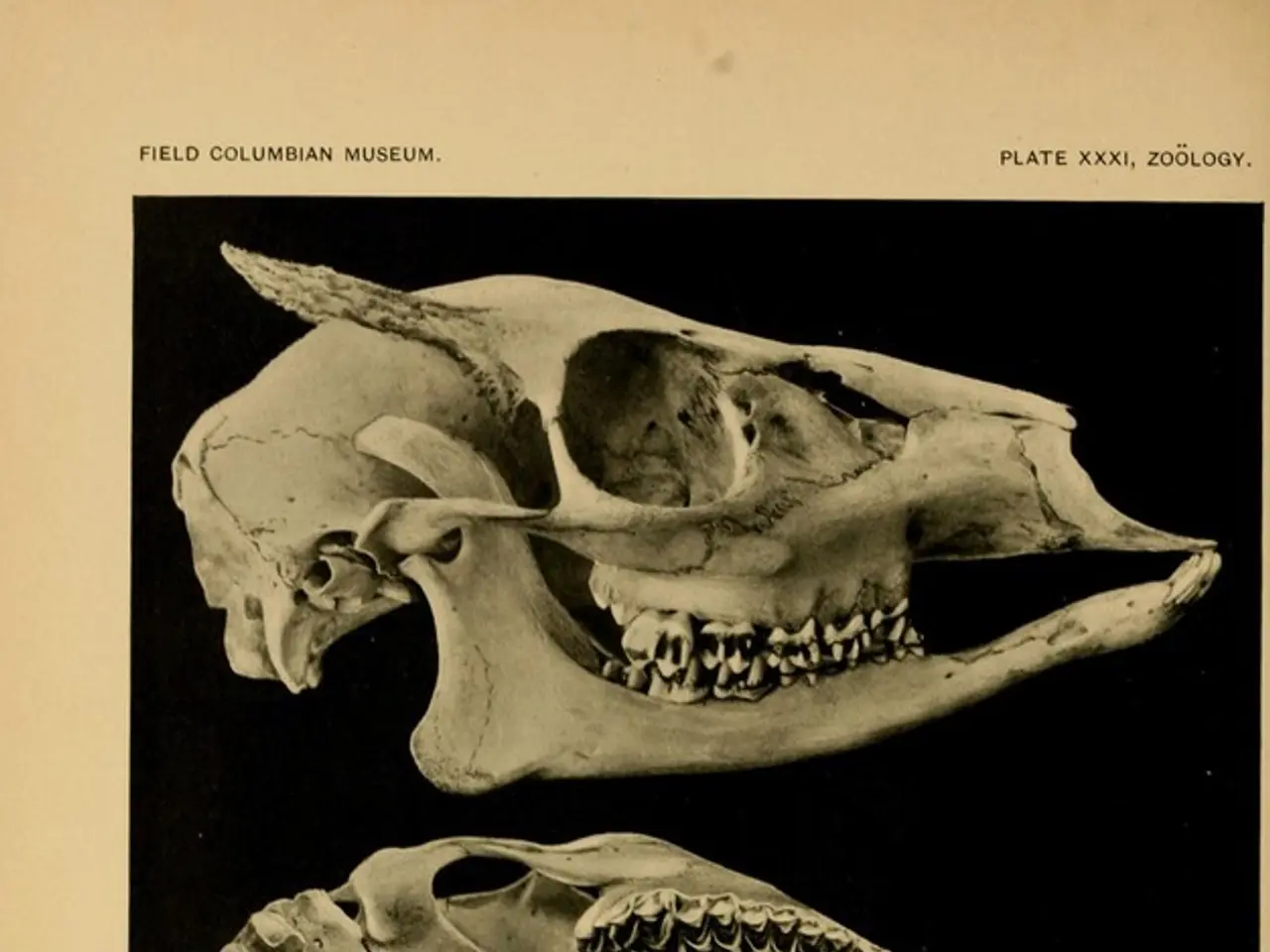Friedreich's Ataxia: Rare Genetic Disorder's Impact and Hope for Management
Friedreich's ataxia, a rare genetic disorder, is causing concern among medical professionals and patients alike. This progressive condition affects around 1 in 40,000 people, primarily diagnosed between ages 10 and 15. It causes difficulty walking, loss of sensation in the arms and legs, and impaired speech. Unfortunately, there's no cure, but treatments can help manage symptoms and slow progression.
The disease damages parts of the brain and spinal cord, leading to a range of issues. Difficulty with walking is the most common initial symptom, often followed by vision changes, hearing loss, weak muscles, and speech problems. Over time, many patients become wheelchair-dependent within 15 to 20 years of symptom onset. Heart abnormalities, such as hypertrophic cardiomyopathy, affect around 75 percent of patients. Diagnosis involves a thorough physical exam, genetic testing, and various scans and studies to assess the brain, nerves, and heart.
Research brings hope. Reata Pharmaceuticals has shown that the drug omaveloxolone (Skyclarys) can slow disease progression in patients with Friedreich's ataxia. This was demonstrated in the MOXIe Phase II and long-term open-label extension studies. While there's no cure, treatments like physical and speech therapy, walking aids, braces, surgery, and medications for heart disease and diabetes can help manage symptoms and improve quality of life.
Friedreich's ataxia is a complex and progressive condition that affects many aspects of a person's life. While there's no cure, ongoing research and various treatments offer hope for managing symptoms and slowing progression. As understanding of the disease deepens, so too does the potential for improved care and quality of life for those affected.






